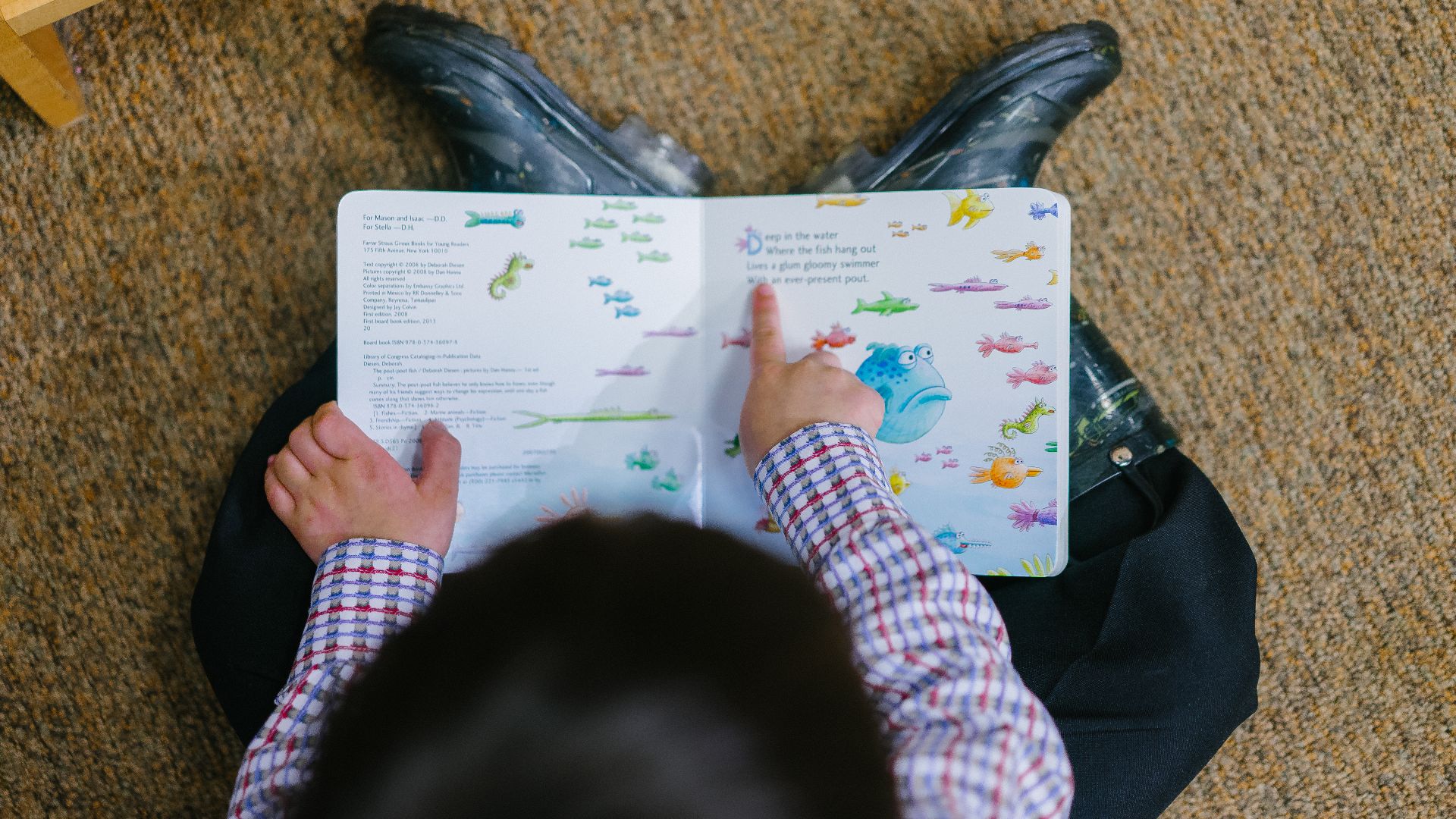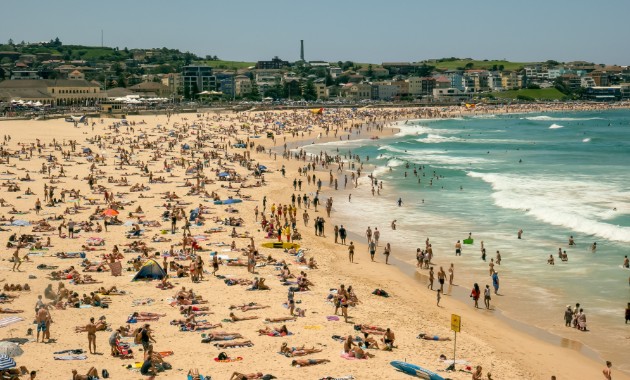By Dr Rahul Ganguly, Senior Lecturer in the Charles Sturt School of Teacher Education.
Australia’s social distancing and self-quarantine measures to ‘flatten the curve’ of the COVID-19 pandemic come at a cost to many people living with autism.
People across the country are confined to their homes and cut off from schools, essential therapeutic services and recreational programs.
For people with autism, who thrive on a predictable routine and structure, having typical activities disrupted due to closures and restrictions can cause feelings of ‘helplessness’ or ‘loss of control’.
According to Professor Stephen Shore, who has autism, “the loss of familiar routines is especially damaging, often leading to deep anxiety that can be difficult to surmount”.
As the world celebrates April as Autism Awareness Month, the COVID-19 pandemic brings a set of unique challenges for many living with autism as they often have a challenging time adjusting to new realities, as well as socially connecting with other people.
These challenges include coping with the unknown, navigating school closures, abrupt changes in routines, loss of connections with teachers, therapist, and friends, and fear around contracting the virus.
For many living with autism, the emotional impact is further exacerbated due to difficulties in communicating and comprehension, difficulties in understanding abstract language and an insistence on sameness.
With no definite end date for this situation, the lack of access to social and therapeutic contacts - due to stay-at-home orders and physical distancing protocols - may lead to heightened anxiety levels and even meltdowns.
For many of these students, challenges will occur when school restrictions are lifted. However, for most children and adolescents with autism, the absence of daily rhythms of school, work and familiar outings may interfere with their ability to self-regulate their emotions and manage their anxiety.
Amid these unprecedented times, there is good news. It is important to acknowledge that not everyone with autism will struggle with COVID-19 restrictions. For some, working from home is quite manageable and is a welcome opportunity to slow down.
For most families and caregivers of children and adolescents with autism, it is a stressful time as they are also finding themselves cut off from resources.
The breakdown in school and therapeutic support services structures has meant that many parents are taking a more significant role in managing their child’s social-emotional, academic, and behavioural needs.
Parents are no longer just the dad or mum, but also the teacher, therapist, lunch caterer, office assistant and teacher aide all in one. Additionally, siblings or other family members are taking on added care responsibilities and getting less of a break. In several of these households, parents are working from home and trying to remain productive in the middle of the chaos of competing demands and commitments.
As a result, many parents of children with autism find themselves in uncharted territory as they try to navigate this new reality. For many of these parents, setting boundaries, employing technology and routines, asking for flexibility, and managing wellbeing is critical.
Over the past two months, autism support organisations around the world, including in Australia, have developed resources, information, lessons, and schedules to assist parents and caregivers increase their child’s understanding and positive coping during these challenging times.
As parents try to recreate or build programs to bring routine and consistency in the lives of their children and adolescents with autism, it is important they practise the art of self-forgiveness.
There will be occasions when they might lose their temper, yell or even handle a tense situation awkwardly. Rather than feeling guilty, hopelessness and despair, parents should forgive themselves for not being perfect. To cope with anxiety and uncertainty, Jean Stern (Autism/Asperger Network) suggests that parents “Spray yourself with Guilt-Away!”.
It is now more important than ever that parents of children and adolescents with autism maintain self-care wherever possible. Maintaining support networks via phone or social media, scheduling time relaxation techniques like mindfulness and deep breathing, and listening to music is vital for resilience and coping among parents. Fortunately, many autism-support agencies in Australia are providing online resources to families amid these unprecedented times.
Listed below are five tips for parents to manage their child with autism during this period of uncertainty:
- Supporting understanding with visual aids and social narratives: For example, describe the virus and current situation (e.g. closures, restrictions, social distancing) in concrete language and terms and avoid flowery language. At the same time, families should allow children and adolescents with autism to express their feeling. For many students with autism, fear and distress about the current situation might interfere with their ability to participate in family activities.
- Providing structure and routine: Individuals with autism may cope best when daily routines are only minimally interrupted and predictable. As much as possible, maintain the established routines related to bedtime, bath time, household chores, and meal times.
- Creating new routines: As most children are at home 24/7, it might be necessary to create new routines. New routines could include limiting screentime, and creating a workplace with a to-do list (e.g. completing schoolwork at home, logging in remotely). Creating a visual schedule with new routines will assist individuals with autism to understand the new structure. While creating new routines, it is essential that transition warning and visual countdown procedures are included to prevent conflicts
- Prioritising coping and calming skills: For many parents, supporting and building coping and calming skills of their child with autism is a priority. Given the current uncertainties, many individuals with autism might exhibit fear and anxiety. Including a choice of activities (e.g. physical exercise, deep breathing, accessing a favourite activity or listening to music) in the visual schedule will assist the individual with autism mitigate the stress. Additionally, parents might foster online connections with acquaintances to help their child cope with stress and also prevent isolation.
- Monitoring for changes in behaviour: Many individuals with autism often struggle with emotional regulation. Consequently, many individuals with autism react impulsively to emotional stimuli with tantrums, aggression, or self-injury. During these unprecedented times, it becomes all the more critical for parents to monitor changes in behaviours of their child with autism to support them better. These may include changes in sleeping or eating behaviours, increased agitation, and rumination or excessive worry.
There are excellent evidence-based practices to assist individuals with autism to navigate these challenging times. For parents of individuals with autism and the general community, there is only way to move forward: together.






Social
Explore the world of social